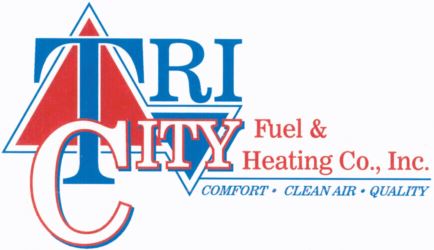
When looking for a heating and cooling system for your dwelling, it’s essential to choose one that balances efficiency, functionality and budget. That’s why many families use mini-splits for comfort in their home.
Mini-splits—often called ductless mini-splits—provide several advantages that make them an appealing option for both homes and businesses. They're highly energy efficient, lowering energy consumption and saving on utility costs, because they eliminate the energy losses associated with the ductwork found in traditional HVAC systems. They also enable users to customize the temperature in each room, boosting overall comfort while not wasting energy.
If you’re thinking about mini-split installation in West Columbia, it’s necessary to first determine if these devices are the best fit for your living situation. Here, we’ll explore how mini-splits measure up to other heating and cooling systems.
What a Mini-Split Is and How It Works
A mini-split, or ductless mini-split, is a heating and cooling system that does not use ductwork. It's often used in homes that don't have existing air ducts and for homes with rooms that aren’t served well by the residence's existing HVAC system.
A mini-split system consists of two main components: an outdoor compressor/condenser and an indoor air-handling device. The two are connected by a conduit containing the power cable, refrigerant tubing, suction tubing and a condensate drain.
Here's how it works: the outside compressor distributes the refrigerant necessary for heat exchange within the coils and the air handler. The interior unit draws in air from the room, cools or heats it over the coils and sends the conditioned air back into the room.
Mini-Split vs. Central Air
Mini-splits are good for targeted cooling in specific rooms or zones of your home. They are excellent for energy efficiency because they only provide hot or cold air for the areas you choose. However, they may not blend seamlessly into every area due to the fact they have wall-mounted indoor units.
On the other hand, a central air system uniformly conditions your entire home, generating consistent comfort levels throughout. Its ductwork is hidden away, preserving the interior design of your home. On the other hand, it will likely not be as energy efficient as a mini-split, especially in quite sizeable homes or residences where certain rooms may not need constant conditioning.
Mini-Split vs. Window AC/Window Unit
Mini-splits are typically more energy efficient and quieter than a window air conditioning unit and are able to cool multiple rooms. This is why mini-splits are a convenient alternative for countless homeowners. They also use a kind of refrigerant that is more earth-safe, reducing their environmental impact. These units can even add value to your home due to their sturdy nature and exceptional cooling capabilities. However, they come with a larger up-front cost.
On the contrary, window AC units are less expensive to purchase. They are often a good fit for homes that are not able to accommodate a central AC system or for families with budget constraints. In spite of these advantages, window units can use up to 40% more energy than ductless mini-split systems and typically make more noise.
Mini-Split vs. Portable AC
The answer to what is better, a ductless mini-split or a portable air conditioning unit, depends on your priorities. If your main worries are energy efficiency and ability to quickly cool a room, a mini-split is considered far superior to a portable AC unit. However, if budget is a major concern, a portable AC is less expensive.
Mini-Split vs. Gas Furnace
The choice between a mini-split system and a gas furnace depends on a variety of factors which can include the climate in your city, home size, energy efficiency preferences and budget.
A mini-split system usually is more energy efficient than a gas furnace. It can heat and cool distinct areas in your home, providing custom climate control in individual rooms. Mini-splits also are normally quieter and have a greater up-front cost, but their operating costs are usually lower due to their better energy efficiency.
On the other hand, a gas furnace can be a highly effective heating remedy, particularly in colder climates where mini-split heat pumps may fail to maintain comfort levels in the bitter cold. Even though they are less energy efficient than mini-splits, gas furnaces likely have lower initial costs. But, their operating costs can be higher, especially if natural gas prices increase.
Mini-Split vs. Heat Pump
Mini-splits and heat pumps use the principle of heat transfer. They are both energy efficient, but a heat pump's duct system can be less efficient. That said, the choice between a mini-split and a heat pump often relies on individual needs and circumstances.
By way of example, if you are living in a warmer climate and primarily need cooling, a mini-split system might be a good choice. However, if you want both heating and cooling and already have ductwork in place, a heat pump might be a more efficient option.
Mini-Split vs. Space Heater
In regards to heating and cooling a residence, mini-splits and space heaters each have merits. However, for overall efficiency, versatility, comfort and safety, mini-splits come out on top. Mini-splits have superior energy efficiency due to the fact they deliver conditioned air right to different zones and can serve multiple rooms at once.
Space heaters are much less expensive to buy but are typically reserved for heating a confined area or a single room. They also are often less energy efficient. Unlike mini-splits, space heaters do not deliver cooling. The biggest drawback for space heaters is the chance of fire. Experts say some 1,700 fires each year involve space heaters.


